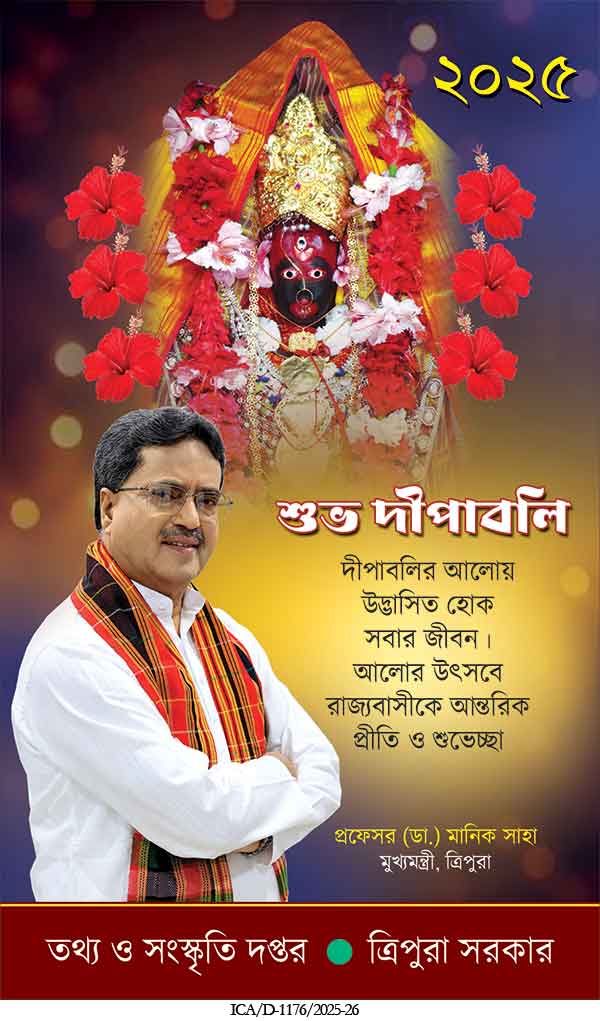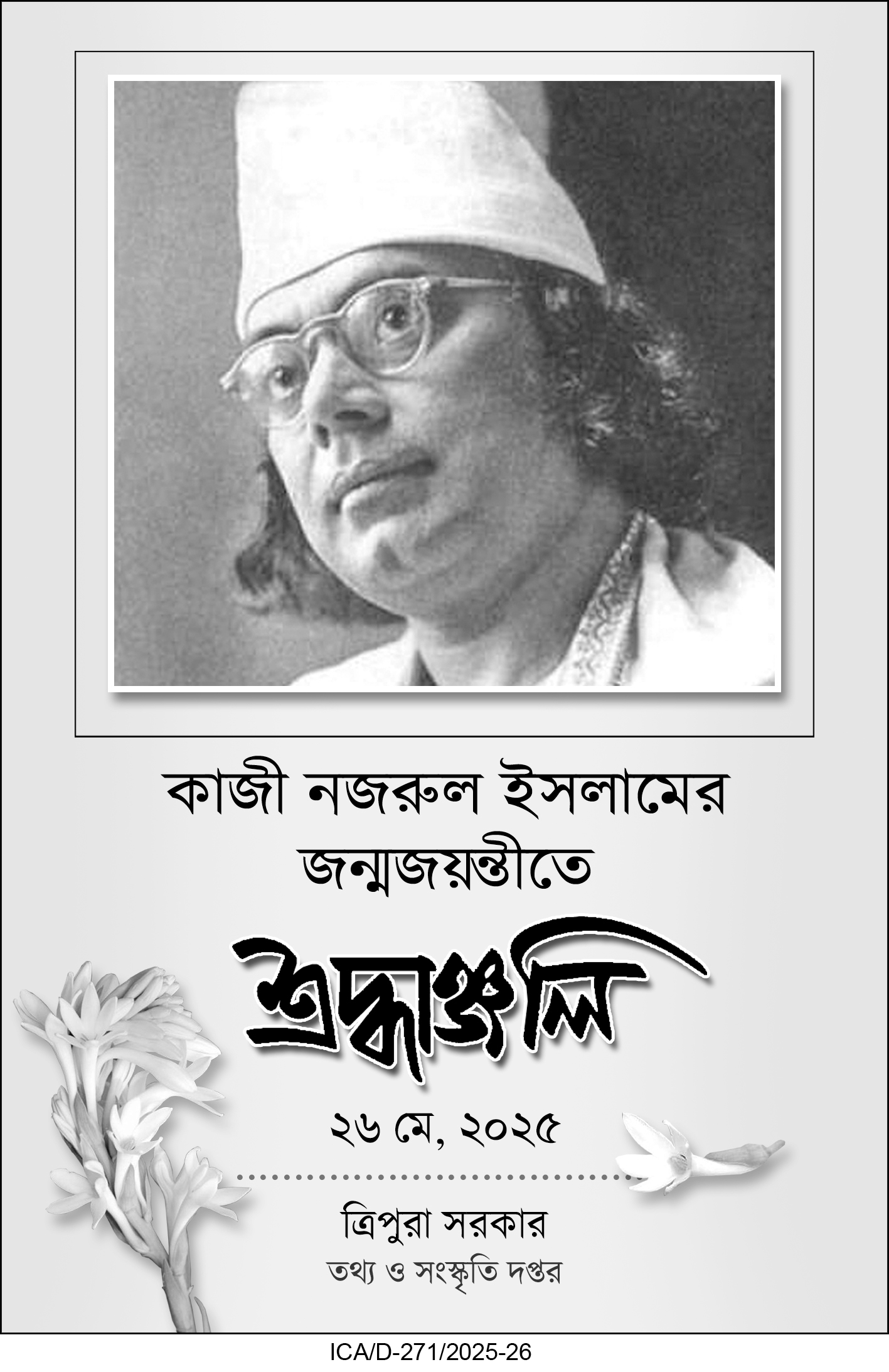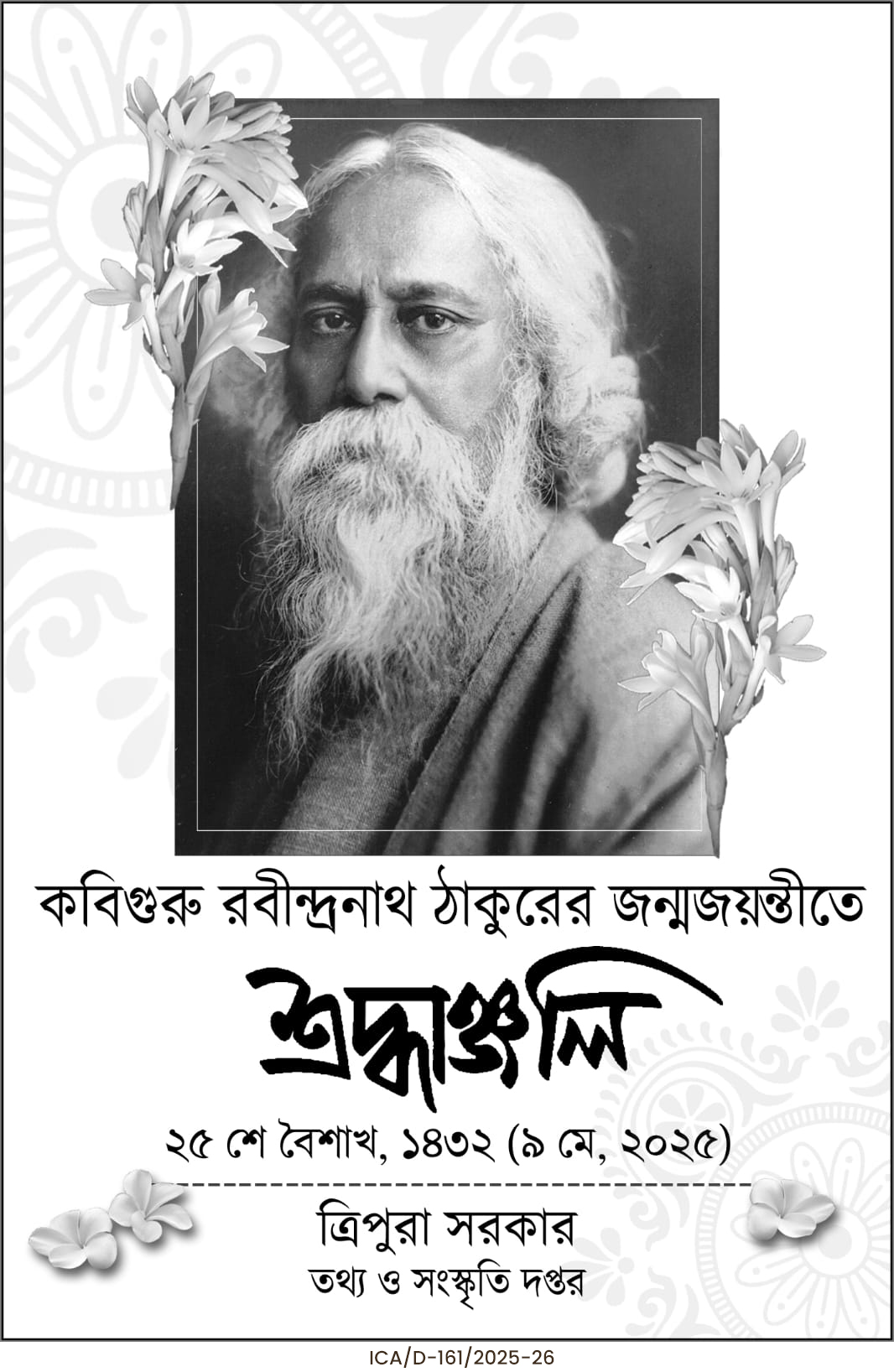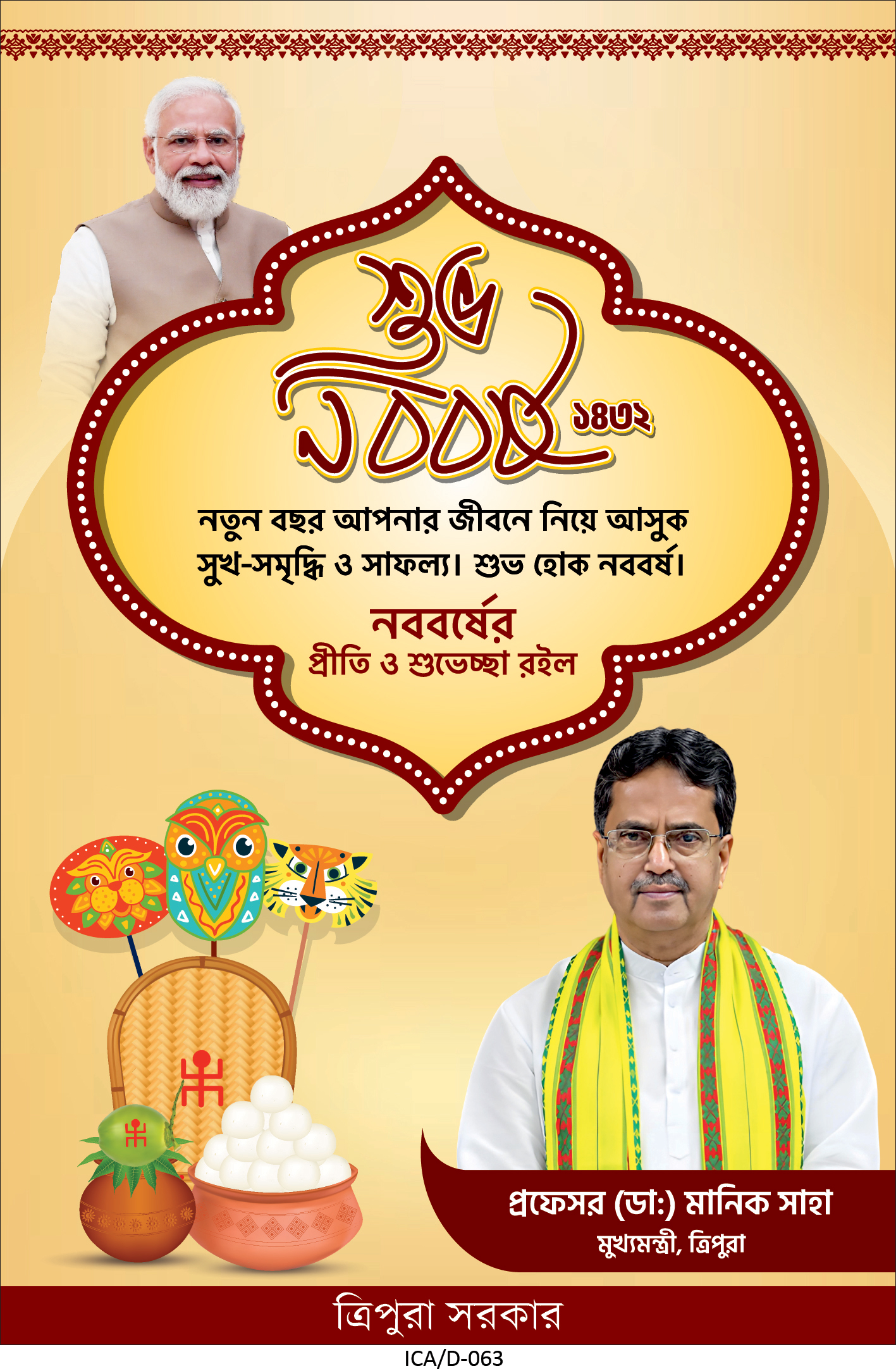Tuloni Biya in Assam is a celebration of girl’s first menstruation – journey from her childhood to womanhood.
Guwahati Aug 24: In the sacred land of Maa Kamakhya, where womanhood has long been celebrated as a divine gift, the transition of a girl into maturity is not treated as a subject of silence or shame.
Instead, the Assamese community observes this significant biological milestone with pride, rituals, and blessings through a ceremony known as Tuloni Biya.
This age-old practice marks the first menstruation of a girl and is regarded as a symbolic marriage that acknowledges her passage into womanhood.
The Beauty of Based Assam ❤️
In Assam, a girl’s first period isn’t hidden in shame, it’s celebrated like a wedding❤️
Known as Tuloni Biya or Hanti Biya, this tradition honors her journey into womanhood with rituals, blessings, and joy
Truly, a culture that worships the… pic.twitter.com/wMHO8kDq2E
— AbhishekkkK10 (@Abhishekkkk10) August 24, 2025
Though not an actual wedding, Tuloni Biya mirrors several elements of traditional Assamese nuptials, highlighting the cultural, spiritual, and social significance of the occasion.
A Ritual of Transition and Respect
The term Tuloni translates to “small” or “little,” while Biya means “marriage” in Assamese. As per cultural documentation, the ritual typically takes place a few days after a girl experiences her first menstrual cycle.
Rooted in the practices of the Tai Ahoms and later embraced by various Assamese communities, the custom acknowledges the natural process of menstruation while symbolizing fertility, responsibility, and the continuation of cultural identity.
When a girl reaches menarche, she is traditionally secluded in a room for several days. During this time, she is cared for with a nourishing diet, herbal baths, and protective rituals believed to ensure her health and well-being.
The seclusion also restricts physical contact, with men barred from entering the room. This practice, while symbolic, reflects both modesty and reverence for the new stage of life.
The Ceremony and Symbolism
The concluding day of Tuloni Biya transforms into a celebratory occasion. The girl, dressed in bridal attire, is adorned in traditional Assamese garments and jewelry, embodying the image of a bride. Elders bless her with prayers for good health, fertility, and a prosperous future.
Symbolic elements such as an earthen lamp (diya), bunches of bananas, and a hay-covered bed add spiritual depth to the ceremony.
Relatives, neighbours, and community members join the event, which often resembles a wedding feast. Beyond its ritualistic aspect, the celebration strengthens social ties and reinforces cultural belonging.
Contemporary Transformations
While urbanization has led to simplified observances—sometimes reduced to small family rituals—the essence of Tuloni Biya continues to thrive in rural Assam. Villages still preserve its traditional form, keeping alive a heritage that blends ancestral belief with communal joy.
However, in many areas, consumerism has also left its mark. Families now host grand celebrations resembling lavish weddings, spending heavily to mark the occasion. Despite such changes, the fundamental spirit of the ritual—respecting the natural transition of girls into womanhood—remains intact.
A Bridge to Menstrual Health Awareness
Experts believe Tuloni Biya can also serve as a powerful cultural tool to spread awareness about menstrual health. Scholars Daisy Dutta, Chhanda Chakraborti, and Pulak Mishra have suggested that blending this traditional practice with modern health education could significantly benefit adolescent girls.
They recommended that government health departments provide menstrual hygiene kits during Tuloni Biya ceremonies, thereby combining cultural customs with practical education.
Cultural Essence
At its core, Tuloni Biya reflects the Assamese society’s progressive way of acknowledging menstruation—not as taboo, but as a milestone worthy of respect, celebration, and communal affirmation.

It is more than a ritual; it is a symbolic passage into adulthood that unites spirituality, cultural identity, and social acceptance.
Even as modern lifestyles reshape its outward appearance, the tradition endures as a testimony to Assam’s unique approach of honouring womanhood with dignity, reverence, and joy.
(Sources: Assaminfo, WileyOnlineLibrary)


























